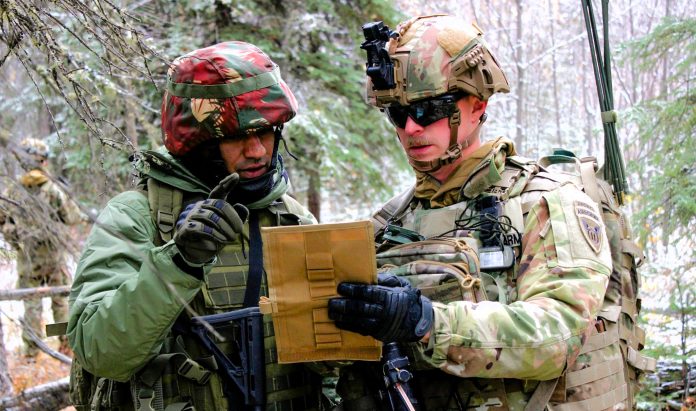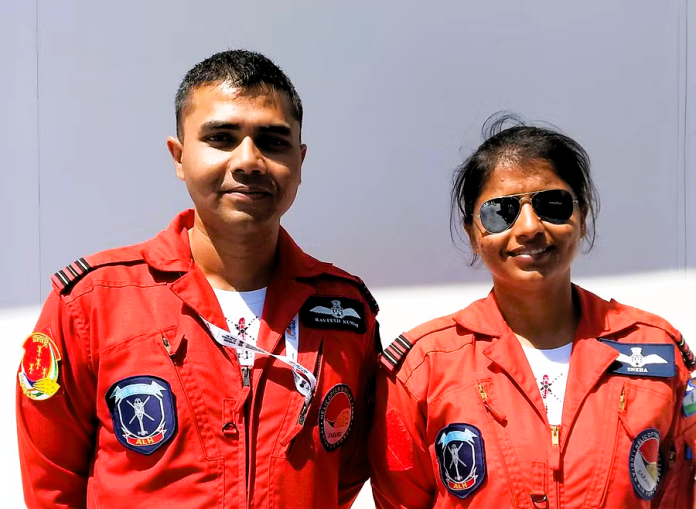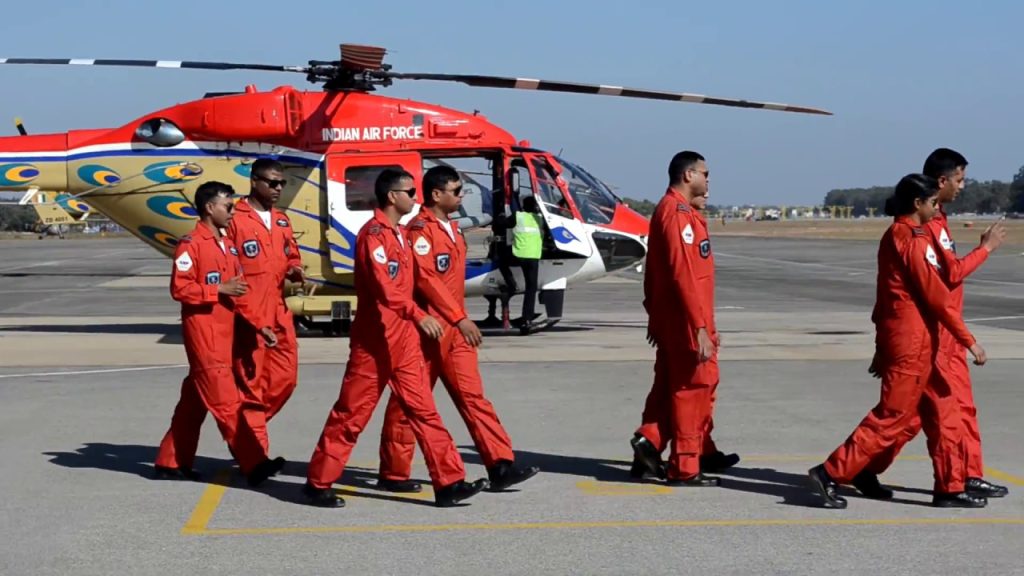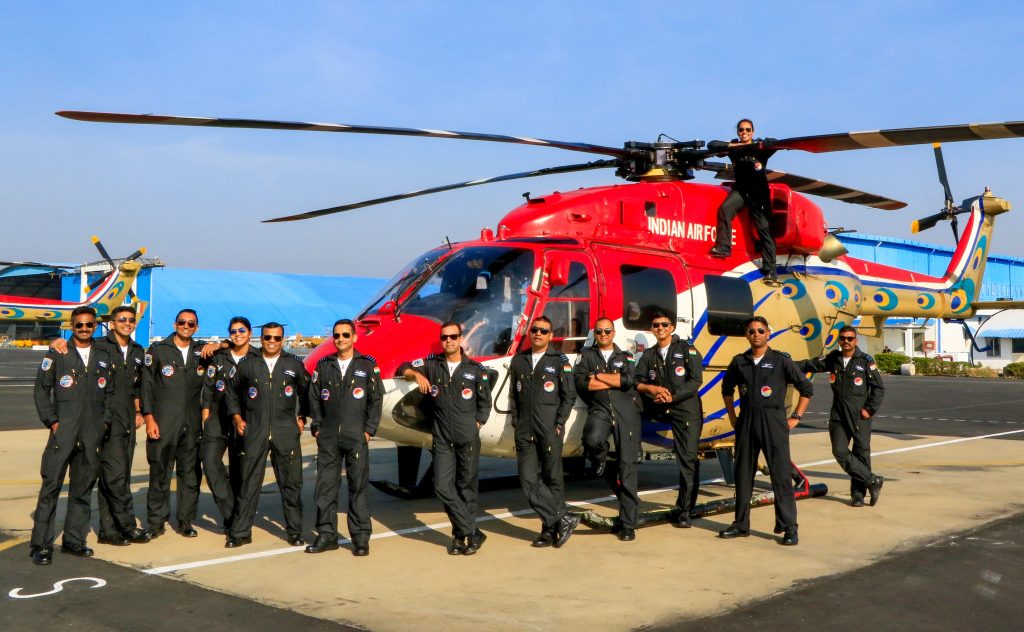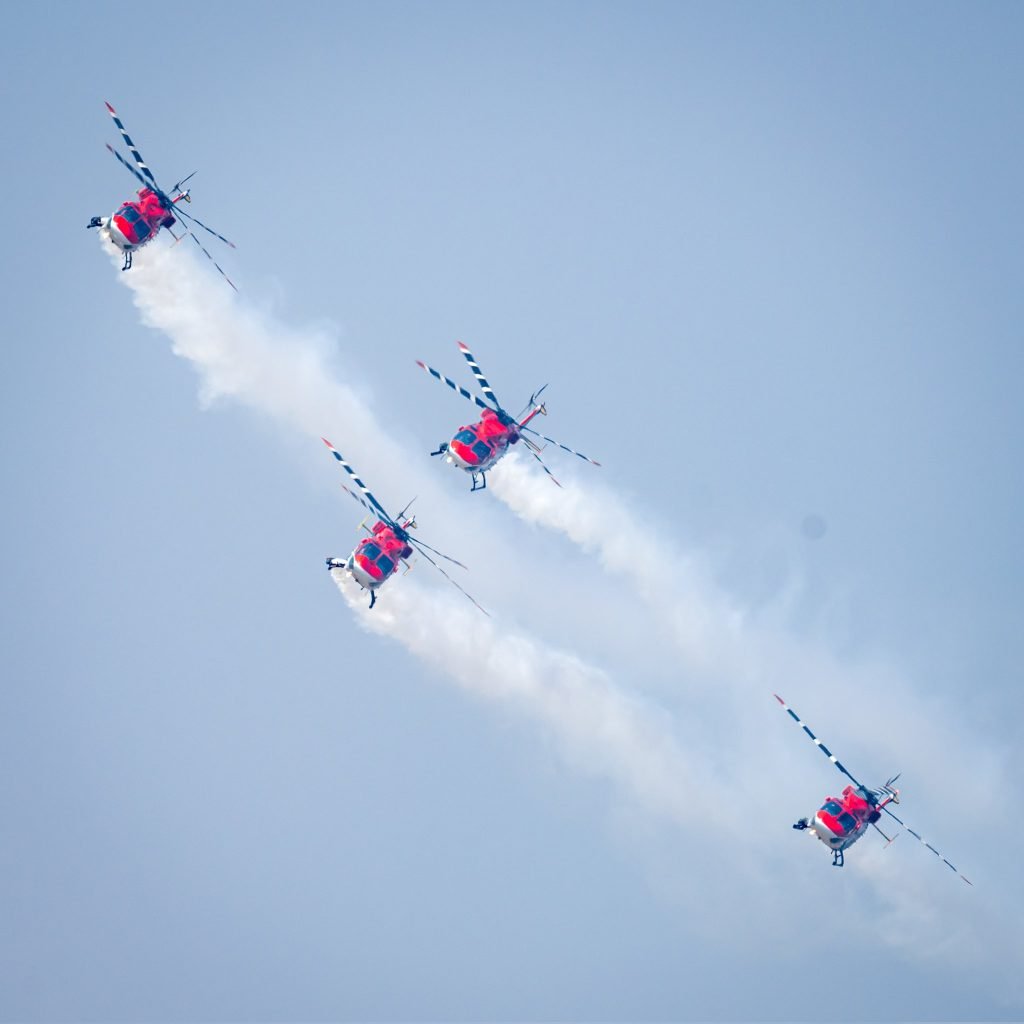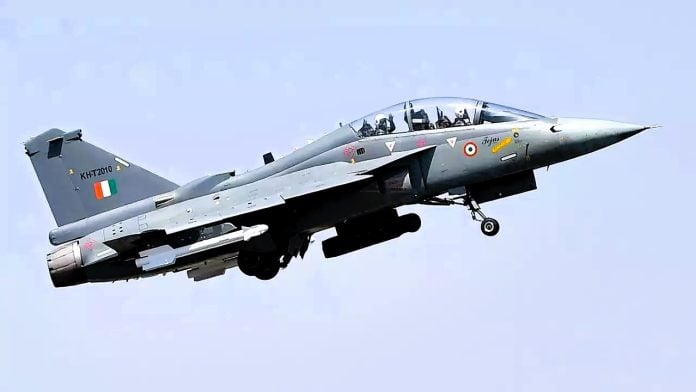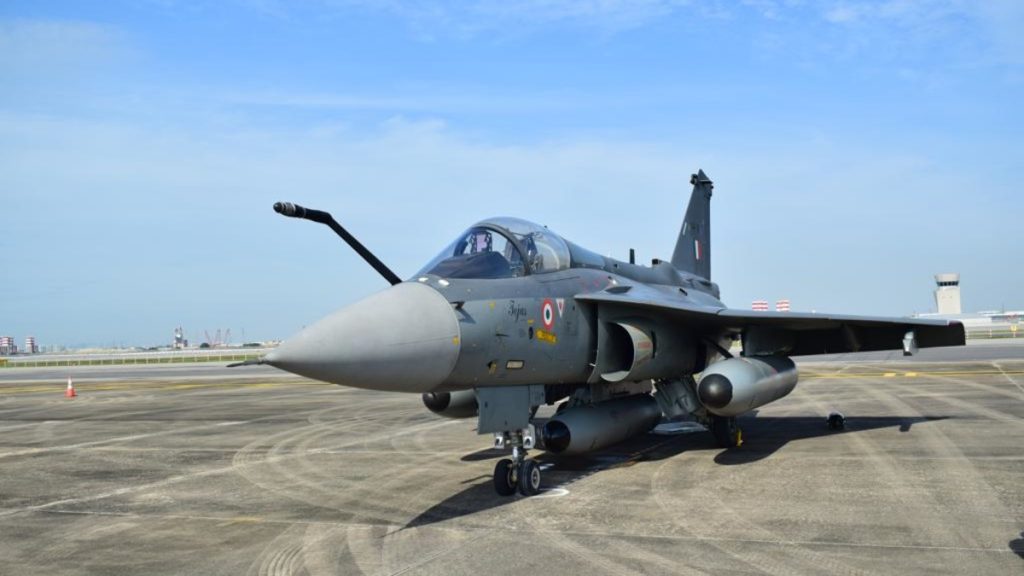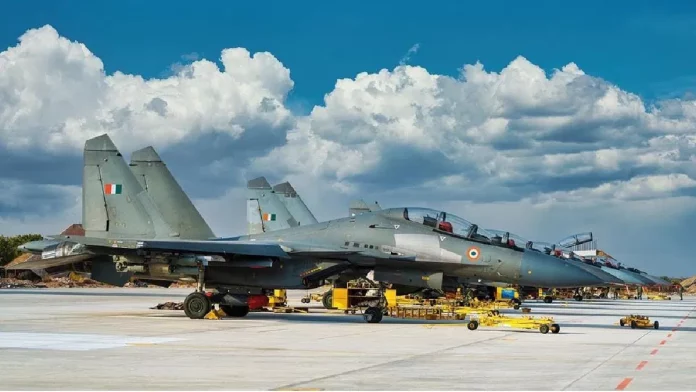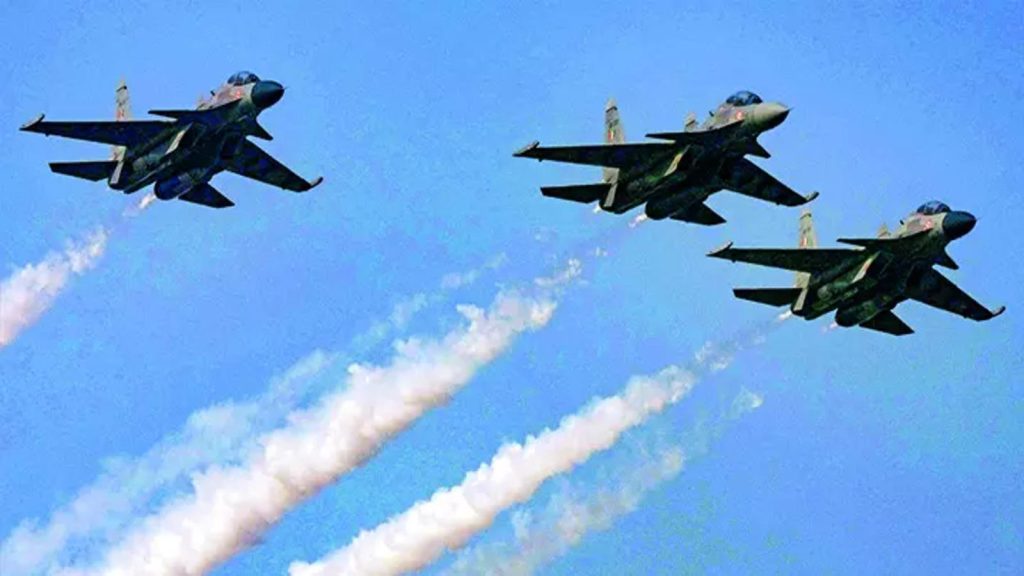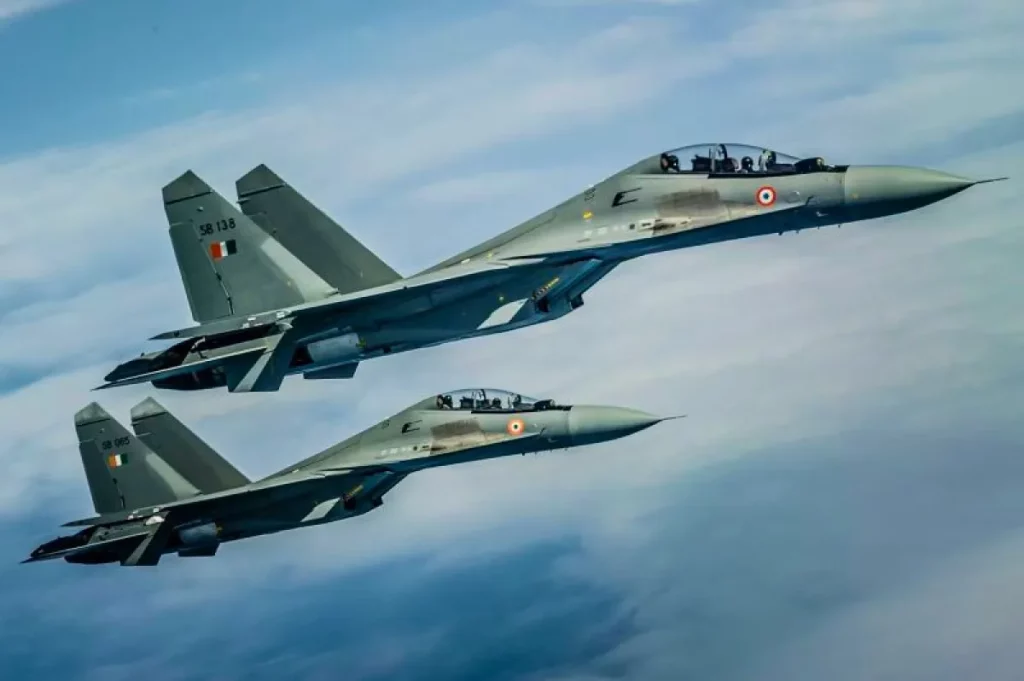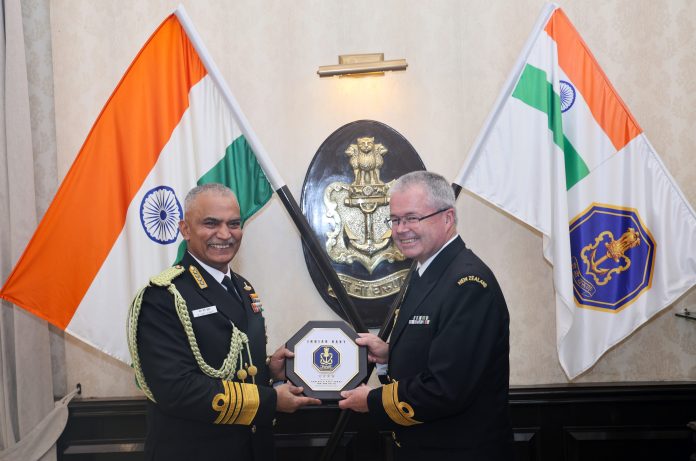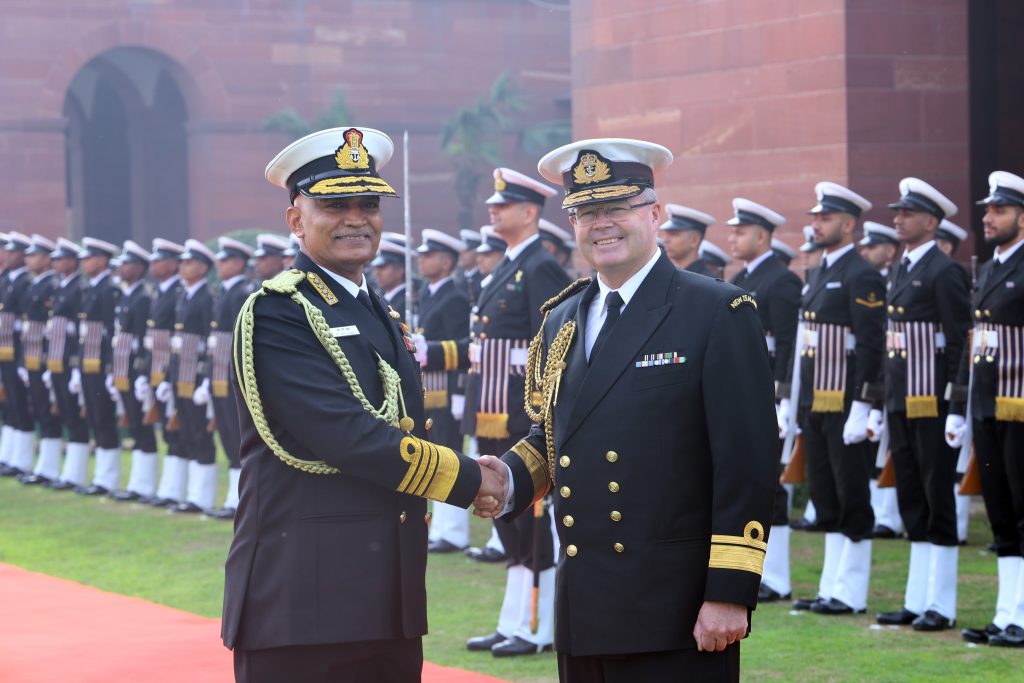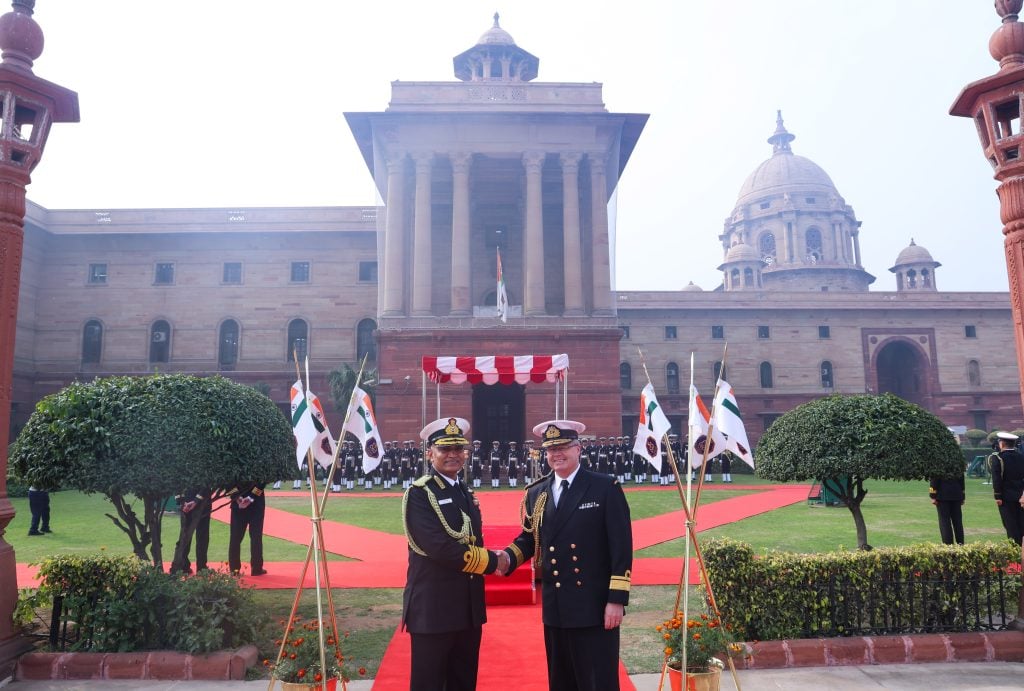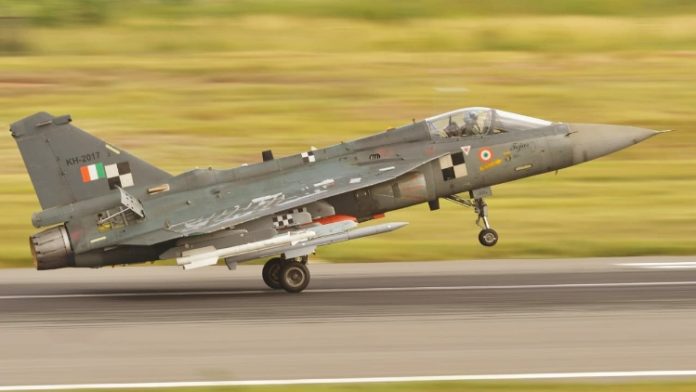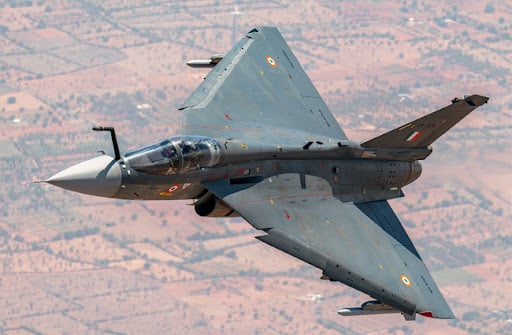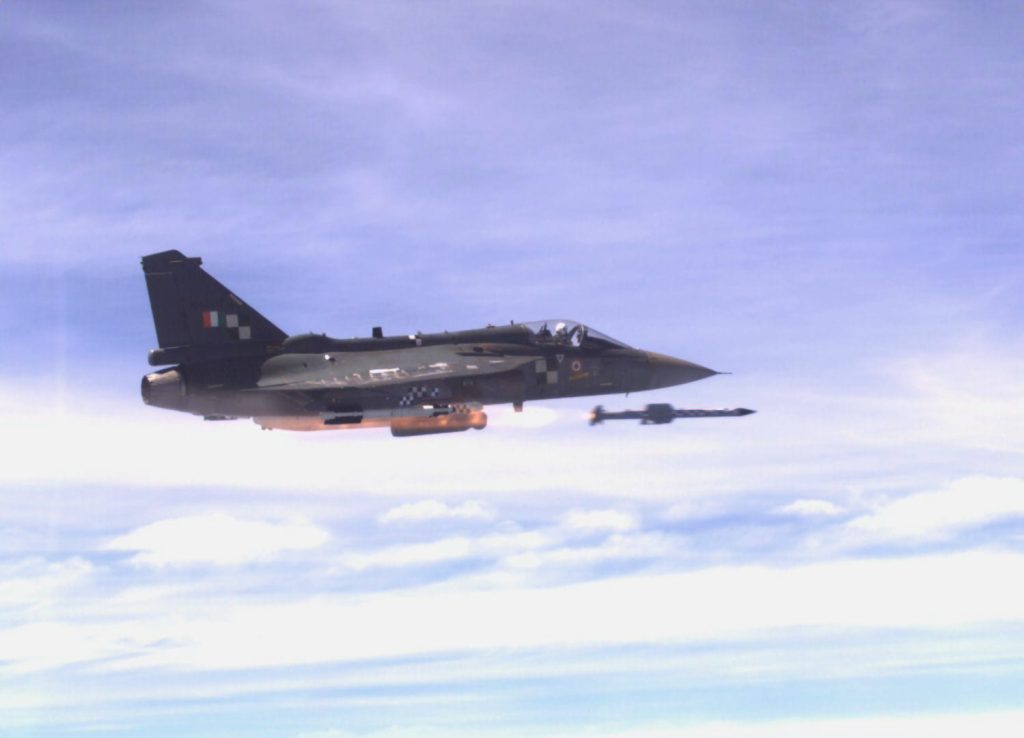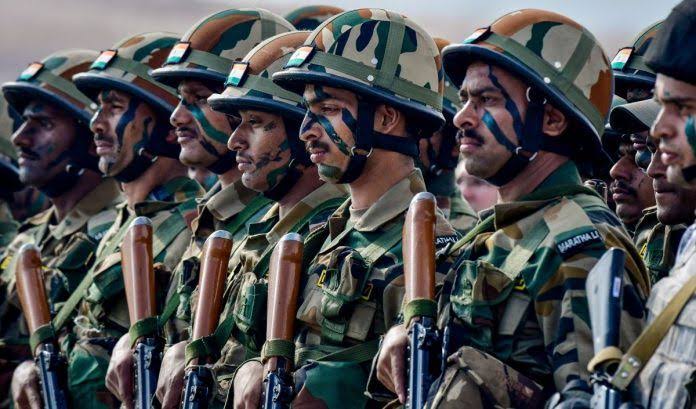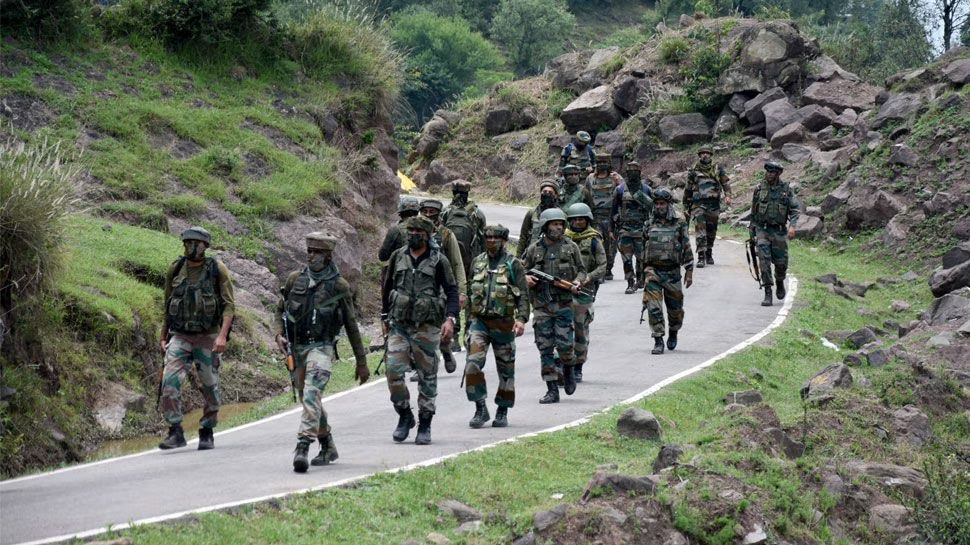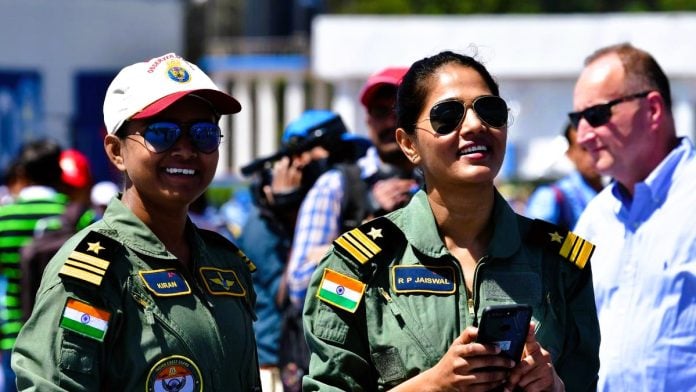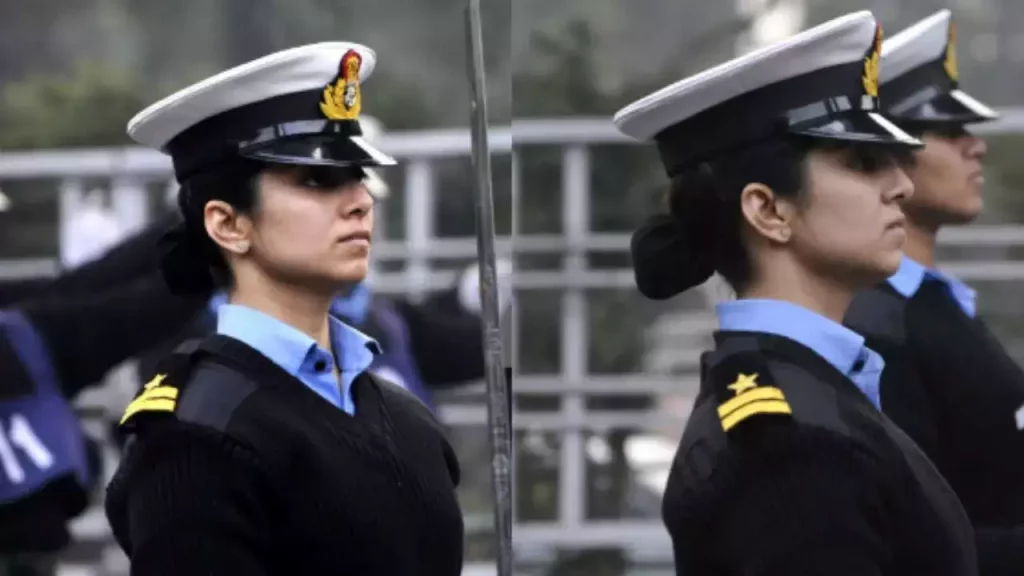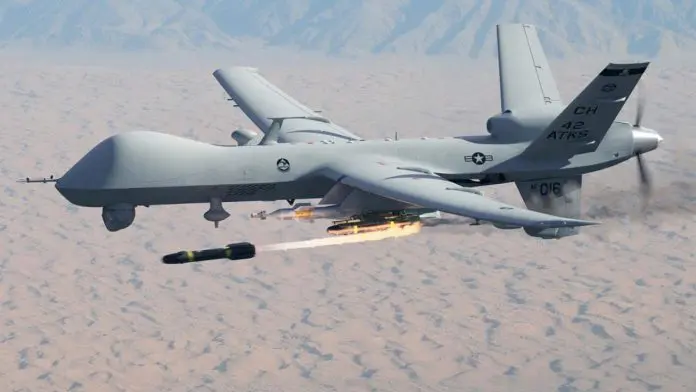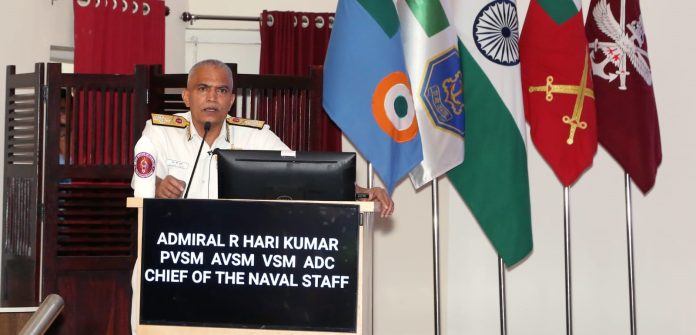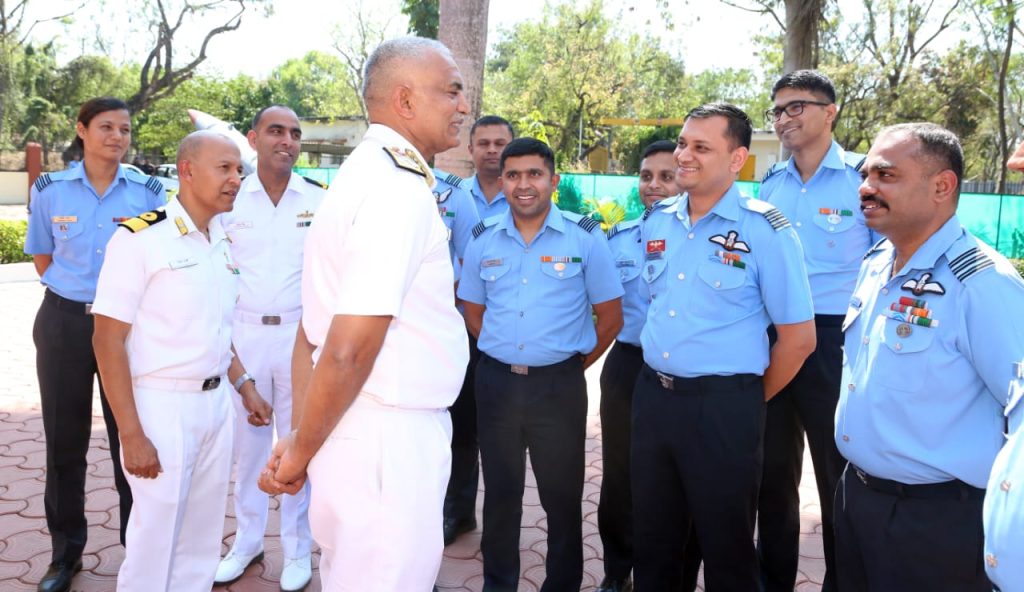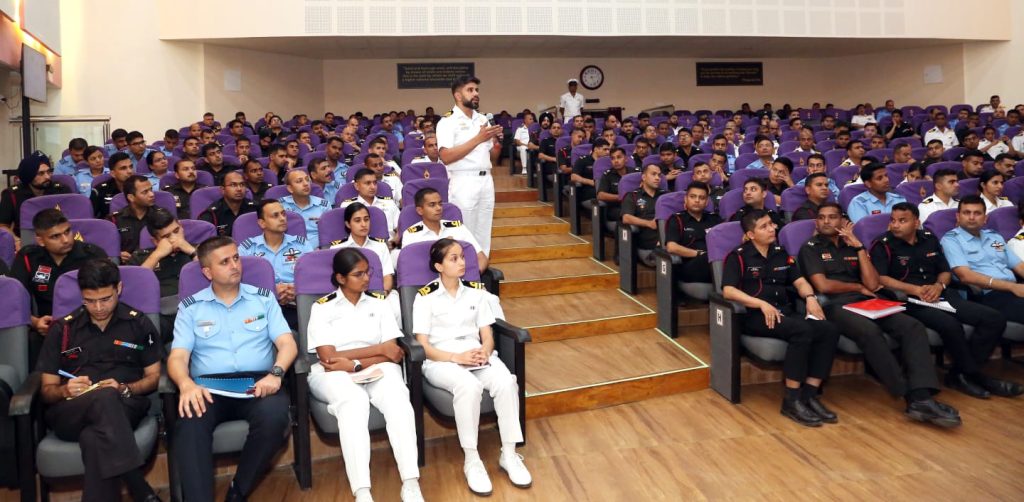New Delhi is gearing up to host the highly anticipated INDUS-X Summit on February 20-21, 2024, a landmark event poised to enhance defence innovation collaboration between India and the United States. This strategic convening is organized by the Innovations for Defence Excellence (iDEX) under the auspices of the Department of Defence Production, Ministry of Defence, and the Department of Defence (DoD), United States.
The event is held in partnership with the U.S.-India Business Council and the Society of Indian Defence Manufacturers (SIDM), symbolizing a significant step forward in defence industrial cooperation and technology partnerships between the two nations.
Launched in June 2023 during Prime Minister Shri Narendra Modi’s state visit to the US, the India-U.S. Defence Acceleration Ecosystem (INDUS-X) has spearheaded efforts to bolster bilateral ties in defence innovation. The INDUS-X Summit aims to build on this momentum by bringing together key stakeholders from both countries to explore new opportunities and foster collaboration.
The summit is designed as a catalyst for strategic partnerships and will feature an array of activities, including panel discussions, workshops, senior leaders forums, and joint challenge winner felicitations.
These sessions are crafted to facilitate knowledge exchange and collaborative innovation, setting a path for the future of U.S.-India defence relations. Participants will include government representatives, academia, research organizations, investors, defence startups, technology incubators, industry associations, and other startup enablers, all converging to propel the INDUS-X initiative forward.
Highlighting the event will be the felicitation of the Joint INDUS X challenge winners under the IMPACT initiative, recognizing innovative solutions that have the potential to redefine defence technology and cooperation.
The INDUS-X Summit is not just an event but a pivotal moment in the journey of defence innovation between India and the United States.
It aims to stimulate cross-national science and technology networks, connect domestic entrepreneurs with markets, skilling institutions, government labs, and investment capital, thereby fostering a robust innovation ecosystem critical for success in the evolving defence sector.

